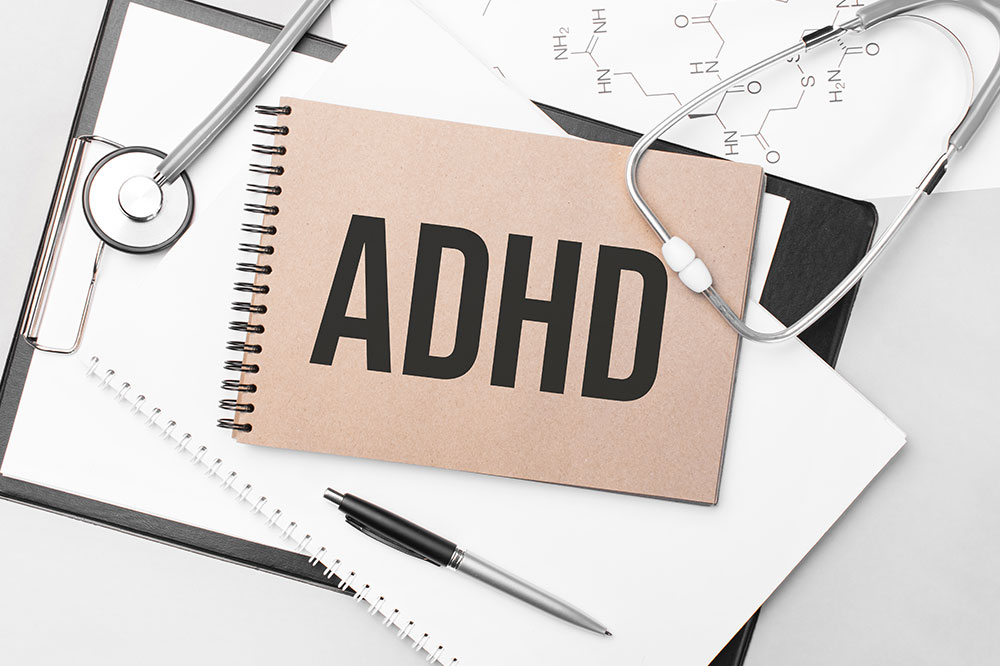Effective cleaning hacks that save time and effort

Cleaning is a cumbersome task. And the more cluttered your living spaces are, the harder it becomes to maintain a clean house. Also, buying commercial products for cleaning different types of surfaces is not always a feasible idea. Alternatively, you can check out some simple hacks to repurpose commonly found ingredients in the panty for daily cleaning needs. Here are 20 fun cleaning hacks that help you save time and effort while keeping the house squeaky clean.
Rubber gloves hack
You can efficiently scrape off pet fur and dander from furniture and furnishings by running a rubber glove over the surface. The material causes fur to ball up and collect neatly into the gloves.
Start at the top
Always start at the top. Dust the ceiling first before you go for a round of vacuuming and mopping. Also, start from within the house and move outward so you don’t miss a spot or clean an area twice.
Steam clean hack
The grime that sticks to the base and underside of microwaves and ovens hardens over time, making it difficult to scrub off. Simply place a bowl of lemon juice inside and turn on the appliance and allow the steam to soften the grime. Take a clean cloth and gently rub off the stains.
Blot stains instead of rubbing
Carpet stains are a real pain. But many people use soap to scrub it off and end up spreading the stain. Instead, use paper towels to absorb the excess liquids and blot the leftover stains using club soda and a microfiber cloth.
Use a pillowcase for fans
Instead of wiping down the fan blades, causing the dust to disperse in all directions, gently clean it over with a pillowcase. This way, the dust settles inside the pillowcase and doesn’t fall on the furniture or floor.
Play dough hack
Use a small ball of play dough to pick up minute particles off surfaces. The sticky, gooey texture of the dough picks up stuff like glitter, small bits of glass, and even micro dust particles leaving the area spot clean.
Baking soda freshener hack
Smelly shoes are a real nuisance, especially during spring. Simply sprinkle some baking soda thoroughly inside after every use to neutralize this odor.
Coffee filter scrub
Used coffee filters can be repurposed as a one-time scrub for cleaning your windows and glass surfaces installed around the house.
Vinegar glass solution
Vinegar is an extra versatile solution that can be repurposed for cleaning drinking vessels. It effectively removes any leftover detergent stains and eliminates unpleasant odors.
Dish soap scrub hack
Pots and pans coated with burnt food stains? Simply add some hot water and a few drops of dish soap and leave it to soak for 30 minutes. Empty the vessel and then scrub off leftover grime with ease.
Baby wipes clean hack
Baby wipes can be used to wipe coffee tables and chair handles. These pieces of cloth contain a gentle solution that even dries off quickly.
Lemon vinegar scent hack
Toss a few slices of lemon and add vinegar to the opening to clean the garbage disposal. This hack will suppress any odor that emanates from the appliance in a matter of minutes.
Sanitize cutting boards
Chopping boards tend to smell and also stain with repeated use. All you need is a slice of lemon and a soap-water solution. Dip the lemon in the dish soap solution and scrub the board surface thoroughly to remove the smell and dirt.
Baby powder solution hack
Baby powder mixed with some dish soap creates a potent solution that easily removes oil stains from different types of fabric. Apply the solution and leave it for a while to disperse the oil stains before washing the fabric.
Tea cleaning hack
If wooden surfaces around the house look dull, you can create a potent tea solution to polish and brighten the surfaces. It’s a great alternative to commercial furniture wax or varnish.
Wax paper wipe hack
Water faucets and taps collect stains over time. You can use wax paper to scrub off these stains and restore their shine.
Vegetable oil vinegar solution
Vegetable oil and vinegar make an excellent solution for cleaning wood floors. The solution cleans and restores the natural shine to the surface.
Cornstarch surface cleaner
Cornstarch solution can be used to clean your silverware and restore its natural shine without the use of any chemicals.






